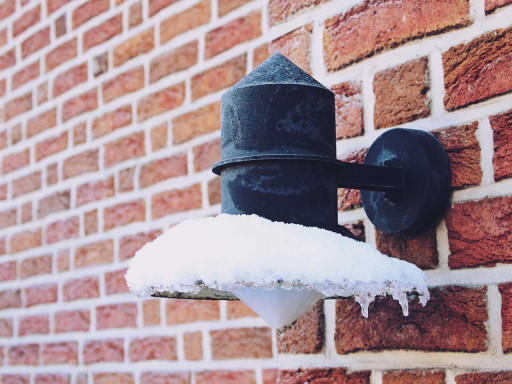Identify areas that are most likely to be affected by ice and snow and take action to reduce the likelihood of accidents occurring.
- Check weather reports in your area on a regular basis
- Ensure that there is adequate lighting to see and avoid hazards
- Remove wet leaves and other debris from walkways as they build up, as they can cause slips and hide other hazards such as patches of ice, uneven paving stones and small pot holes
- Consider using a fitted canopy or absorbent non-slip mats at building entrances and when a particular area may be considered slippery, if possible divert pedestrians to an alternative route
- Keep people off grass and dirt shortcuts by putting up temporary barriers, this will prevent mud and water being brought into the building
- Prevent ice from forming by spreading grit, such as salt or sand on walkways ideally in the early morning or immediately after rain has stopped or snow has been cleared.
How to clear snow from roads, paths and cycle ways
- Do it early in the day, it is easier to move fresh, loose snow|
- Don’t use water, it might refreeze and turn to black ice
- Use Eco-friendly salt alternatives if possible, it will melt the ice or snow and stop it from refreezing overnight. However do not use salt from salting bins at the side of roads, as this is specifically to be used for keeping public roads and paths clear
- If you are short of Eco-friendly salt you can use ash or sand as this will provide grip underfoot
- Pay extra attention when clearing steps and steep pathways, if you are short of salt this would be a priority area to use the salt.
To find out which roads and pavements your council will grit during icy or snowy conditions go to: www.gov.uk/roads-council-will-grit.

